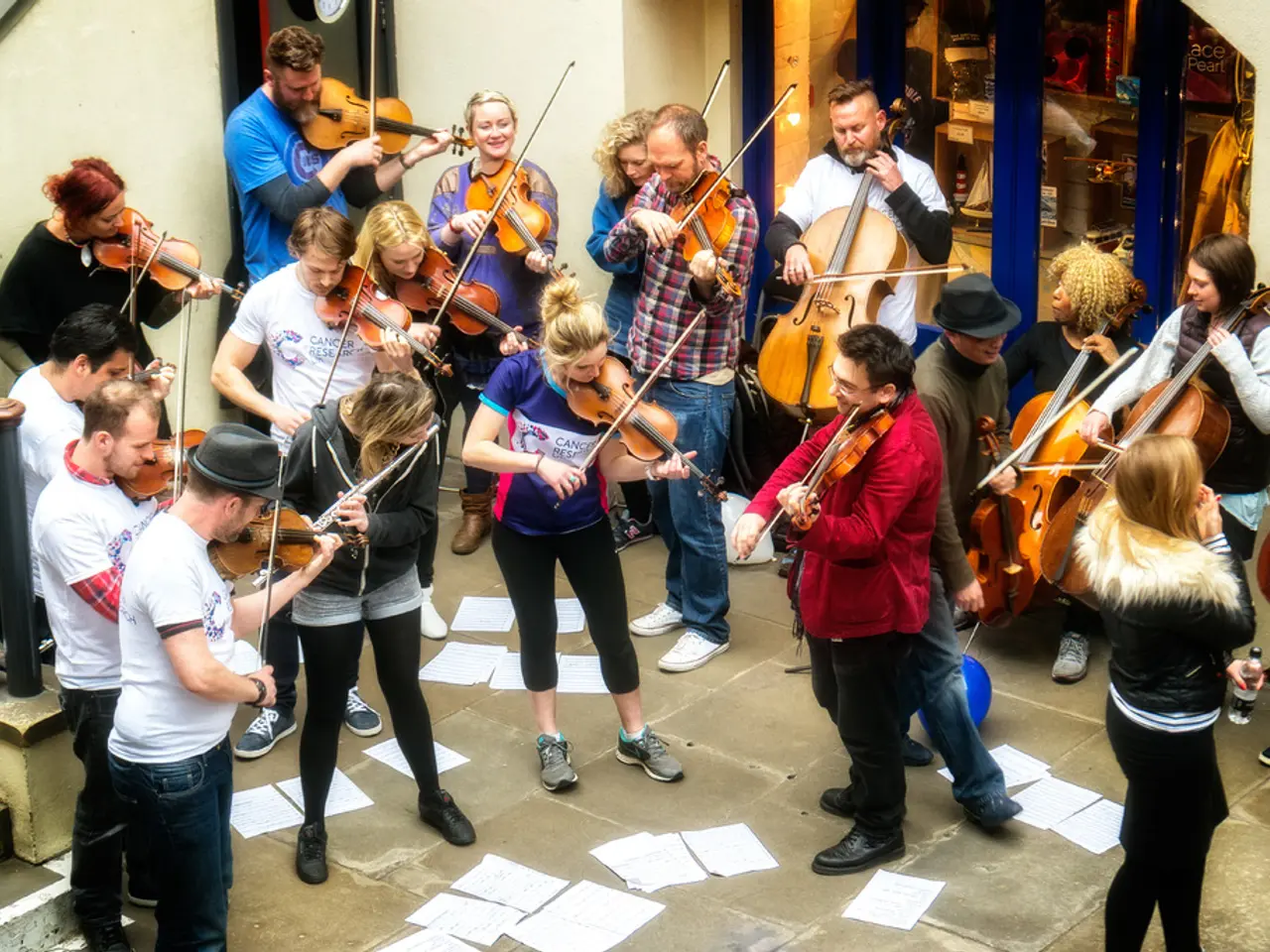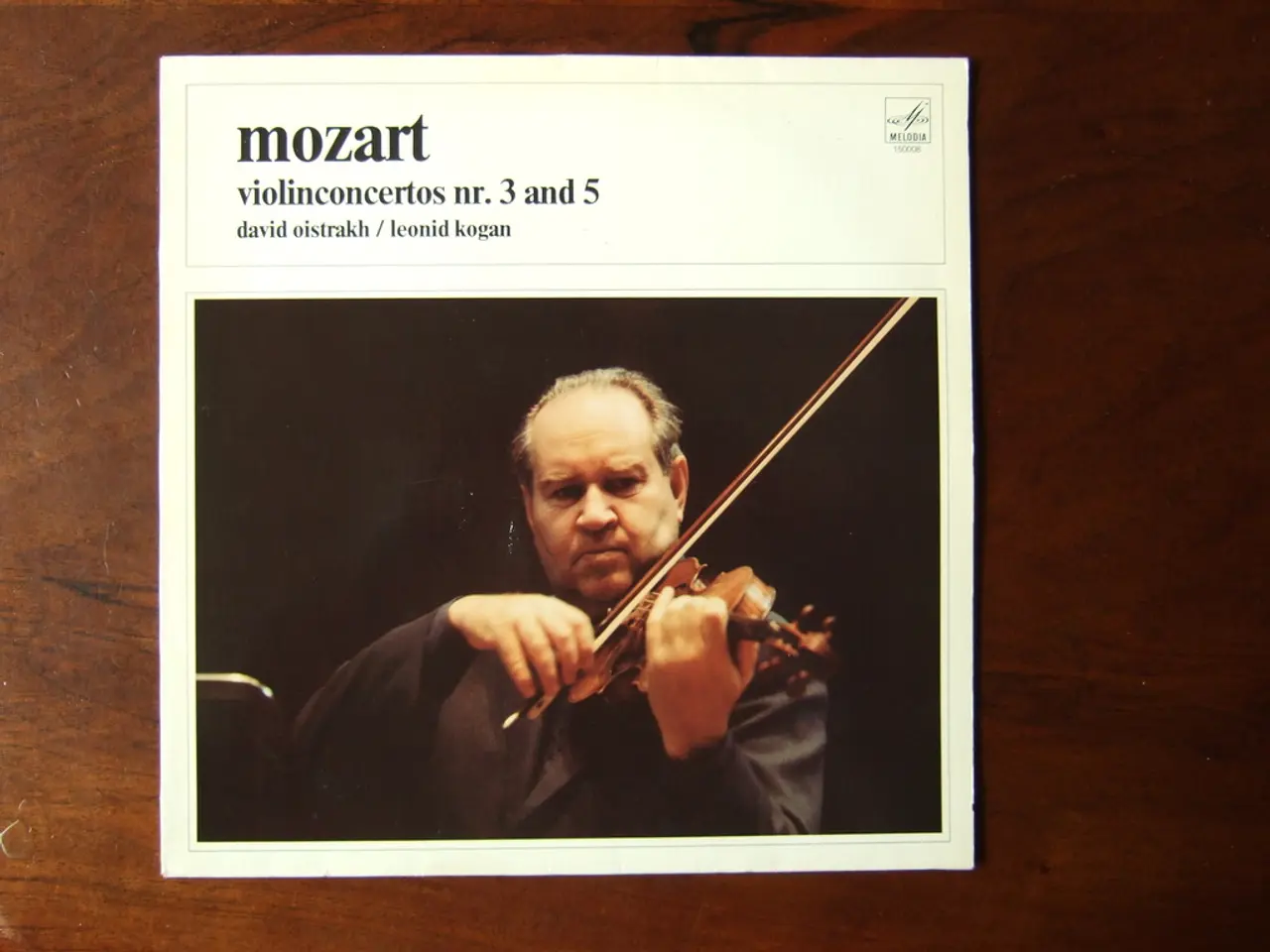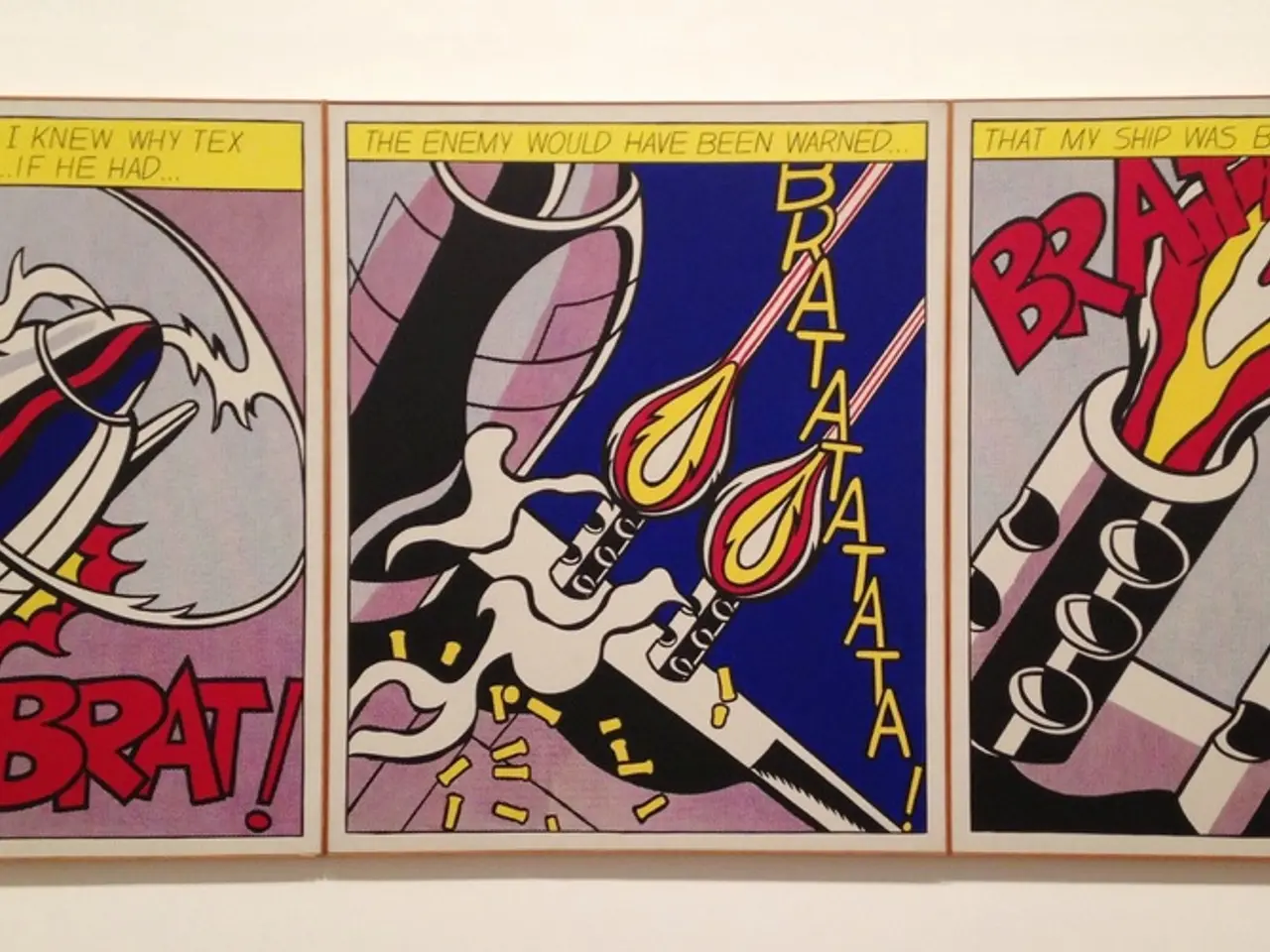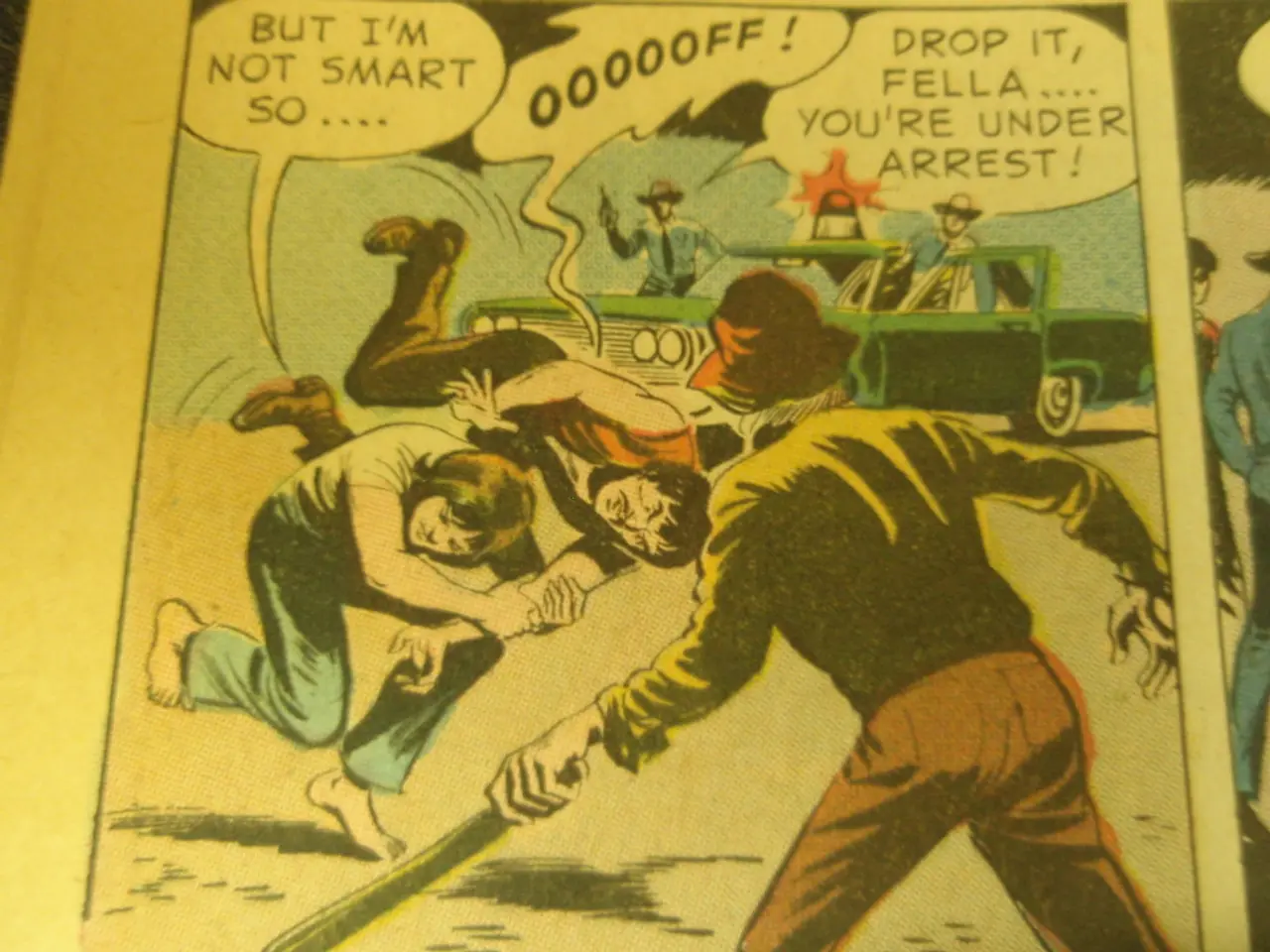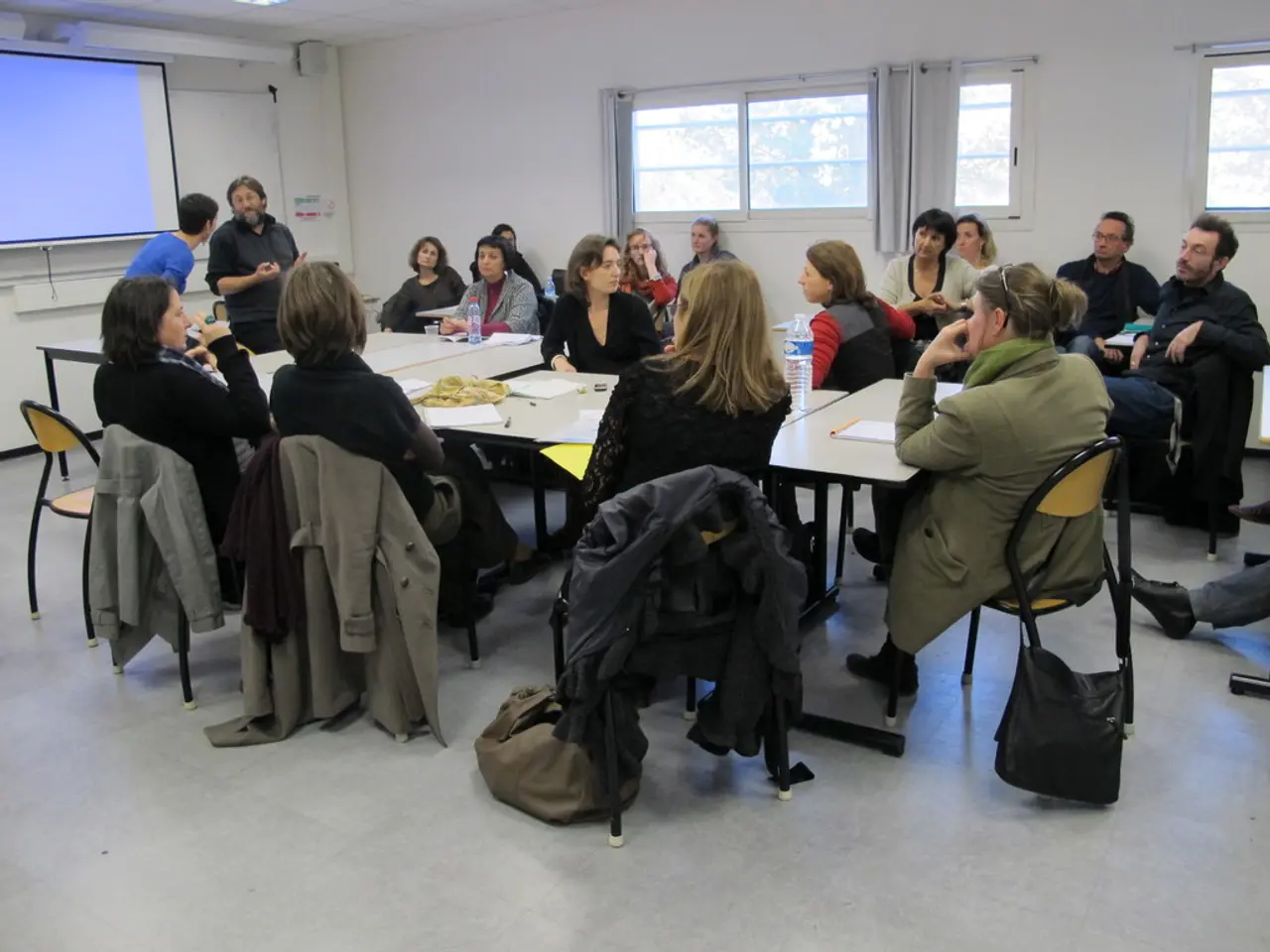Stolen Mendelssohn Stradivarius violin, taken by the Nazis, discovered in Japan
In a remarkable turn of events, a 1709 Stradivarius violin, once owned by the esteemed Mendelssohn-Bohnke musical family of Berlin, has been identified as the long-lost "Mendelssohn" violin, which has been missing since the end of World War Two.
The violin, now known as the "Stella" Stradivarius, was temporarily held by Tarisio in 2000 and was valued for between $1.2 and $1.5 million. However, its true identity remained hidden under a false provenance until June 2024.
Carla Shapreau, who runs the Lost Music Project, made the discovery after coming across a photo of the "Stella" Stradivari in 2018. Shapreau's meticulous research led to the matching of photographs and provenance evidence, unequivocally linking the "Stella" to the Mendelssohn family's historical records.
The Mendelssohn family, who were German-Jewish bankers and respected musicians, owned the violin before World War II. It is believed that the violin was deposited in a vault at Mendelssohn & Co, the family's bank, until its forced liquidation in 1938 due to Nazi race laws. After that, the violin's whereabouts remained a mystery.
The "Stella" Stradivarius resurfaced covertly and was sold under the name "Stella" around 2005 to a prominent Japanese musician, Eijin Nimura. It carried a fabricated history claiming long-term possession by a noble Dutch family residing in Holland since the French Revolution, which concealed its true Mendelssohn origin.
The rediscovery of the "Mendelssohn" Stradivarius has shed light on its remarkable history. Originally owned by the Mendelssohn family in Berlin, the violin was lost after WWII under suspicious circumstances during Nazi and Soviet control, hidden for decades under a false identity, and finally rediscovered and identified in 2024.
The case of the "Stella-Mendelssohn" violin illustrates the complicated fate of cultural artifacts displaced during wartime and the growing sophistication of provenance research in recovering them. It also places current owners like Nimura in difficult situations, as there is increasing pressure for looted objects to be returned to original owners and heirs.
Auction houses have a responsibility to perform due diligence and ensure items change hands with clear past and present ownership titles. The Mendelssohn-Bohnke family, who are the rightful owners of the stolen "Mendelssohn" Stradivarius according to the laws of most countries, wish to reach a settlement with Nimura. However, Nimura has communicated through his lawyers that he has no obligation to the Mendelssohn-Bohnke family.
The Mendelssohn family's history is deeply intertwined with the world of music. Lilli von Mendelssohn-Bohnke, a family member, owned the "Mendelssohn" violin in the 1920s. Lilli's father was a violinist, and her second cousin twice removed was the renowned composer Felix Mendelssohn.
This rediscovery is a testament to the power of research and the importance of preserving our cultural heritage. The "Mendelssohn" Stradivarius, now known simply as the "Mendelssohn," continues to resonate with the legacy of the Mendelssohn-Bohnke family and the rich history of music it represents.
Sources:
- The Telegraph
- The Art Newspaper
- BBC News
- The New York Times
- The Guardian
In light of the revelations, the "Stella" Stradivarius violin, now known as the "Mendelssohn," is not only valued for its impressive craftsmanship but also for its significant historical ties to the esteemed Mendelssohn-Bohnke musical family. With its roots in entertainment, particularly music, the violin has a rich history that spans across generations and continues to echo in the realm of music.
The Mendelssohn-Bohnke family, known for their German-Jewish banking and musical lineage, has a particular connection with the world of music. Lilli von Mendelssohn-Bohnke, a family member, owned the "Mendelssohn" violin in the 1920s, further cementing the link between the family and the musical instrument.
